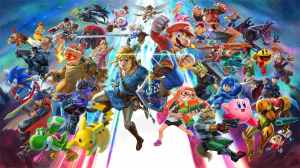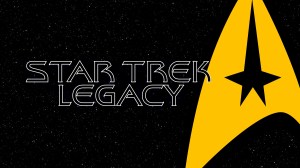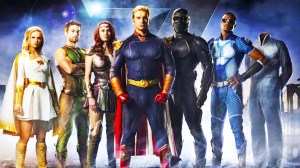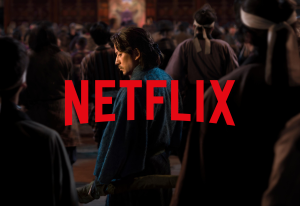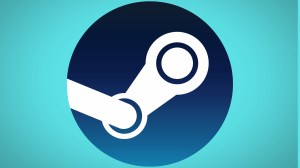Some moments in gaming feel impossible, too surreal to be true. Two decades ago, one of these moments occurred, and I never thought I’d see it happen. It was a rare crossover, one that saw two of the biggest names in gaming come together for one title, and it would predate so many more collaborations, not just between the two but across the industry as a whole. They weren’t just mascots, but two faces of rival companies that often competed for the same audience. But in 2007, they joined forces to launch a surprise game on the Nintendo Wii.
Videos by ComicBook.com
Mario and Sonic stood side-by-side, or rather, competed against one another in Mario + Sonic at the Olympic Games. It wasn’t in a fighting game or an epic RPG showdown, but in a friendly, competitive celebration between the plumber and the hedgehog. This unlikely collaboration between Nintendo and Sega didn’t just surprise fans; it quietly reshaped the landscape of gaming crossovers forever. What began as a charming sports title became one of the most symbolic milestones in video game history
Mario + Sonic at the Olympic Games Changed History
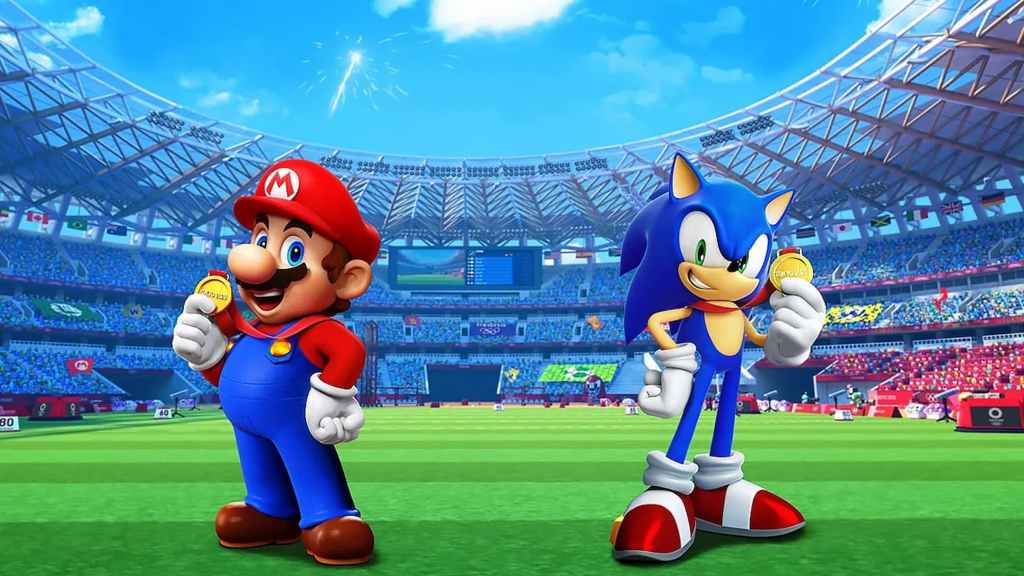
When Mario + Sonic at the Olympic Games was released on November 6th, 2007, it was more than just a fun tie-in for the upcoming Beijing 2008 Olympics. It was the first official crossover between Nintendo’s and Sega’s most iconic characters. For me and fans who had lived through the ‘90s console wars, this was jaw-dropping. Mario and Sonic had once been fierce rivals, the faces of two companies locked in battle for gaming supremacy. Seeing them together felt like the end of an era and the beginning of something new.
The premise was simple but brilliant: Mario, Sonic, and their respective friends faced off in Olympic events ranging from track and field to swimming and gymnastics. The game itself was received moderately well and did get a sequel, but it was never a major hit. However, what it represented was so much more. It was coexistence. For the first time, Sega’s blue blur and Nintendo’s red-capped plumber weren’t competing for dominance; they were sharing the same playing field.
While Mario + Sonic at the Olympic Games might seem like a novelty today, its release represented one of the most important collaborative moves in modern gaming. It wasn’t just two mascots teaming up; it was two companies proving that collaboration could be as profitable as competition. Decades of rivalry ended, or at least were subdued, to come together in the name of fun.
This Game Predated Super Smash Bros. Getting Third-Party Characters
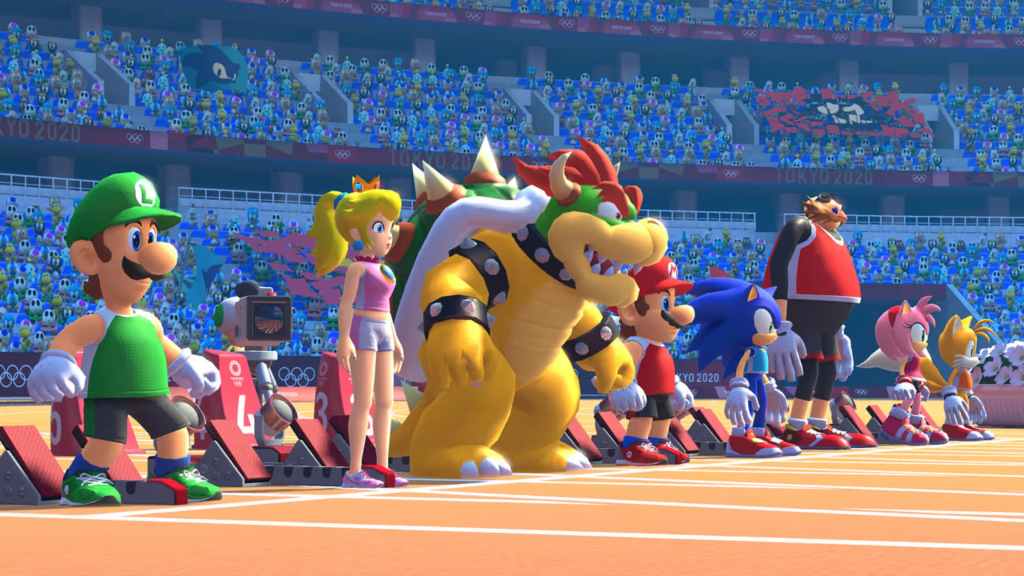
One of the most overlooked facts about the game is that it was not only one of the first major crossovers between gaming companies, but also started an important tradition in another of Nintendo’s major series. Mario & Sonic at the Olympic Games predated Super Smash Bros. Brawl and paved the way for third-party characters. Sonic and Solid Snake would join the legendary game series less than a year later, feeling like a victory lap for the Blue Hedgehog.
That means the Olympic crossover wasn’t just a marketing gimmick; it was groundbreaking. It was the first time Nintendo opened its doors to a major rival. Before this point, Nintendo had been notoriously protective of its characters, rarely allowing crossovers beyond its own franchises. Sega, on the other hand, was looking to rebuild after exiting the console market, and this collaboration was a perfect opportunity for reinvention.
The result was a partnership that felt both impossible and inevitable. Behind the scenes, this collaboration reportedly required intense negotiation between Nintendo, Sega, and the International Olympic Committee. Every animation, costume, and piece of branding had to be meticulously approved. But the effort paid off. Mario & Sonic at the Olympic Games sold over 10 million copies worldwide across Wii and DS, proving that cross-company collaborations could not only work but thrive.
Mario & Sonic Led the Way for Gaming Crossovers
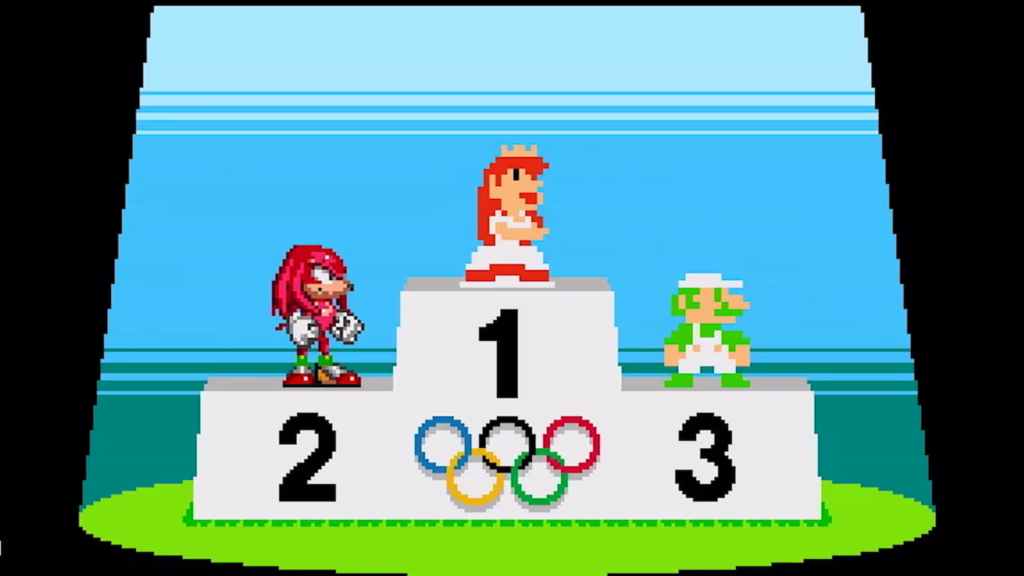
Looking back 18 years later, Mario & Sonic at the Olympic Games might not have aged as gracefully as some of its contemporaries. The minigames were simple, the motion controls were hit-or-miss, and later entries in the series struggled to capture the same spark. Yet its legacy endures because it paved the way for every major gaming crossover that followed. Before this, collaborations between major publishers were rare.
The ripple effect is undeniable. Games like Street Fighter X Tekken and even Fortnite’s endless barrage of collaborations owe part of their DNA to that 2007 crossover. The normalization of crossovers as marketing, fan service, and creative expression can be traced right back to the day Mario and Sonic shared a podium. Even beyond commercial crossovers, the cultural impact was profound. For a generation of players, seeing those two mascots side by side felt symbolic. It meant no longer having to pick a side, even though I am still team Nintendo.
Mario & Sonic at the Olympic Games was never really about the Olympics. It was about the future, a quiet but powerful statement about collaboration in an industry built on competition. Today, crossovers are the lifeblood of modern gaming. Fortnite and other shooters have embraced collaborations, while Super Smash Bros. Ultimate has an incredible roster of third-party characters. When people talk about the most influential gaming events of the 2000s, they often point to the rise of motion controls, online multiplayer, or indie games. But somewhere in that mix belongs a bright, friendly sports game that taught us the most important lesson of all. Sometimes, rivals make the best teammates.
What do you think? Leave a comment below and join the conversation now in the ComicBook Forum!

